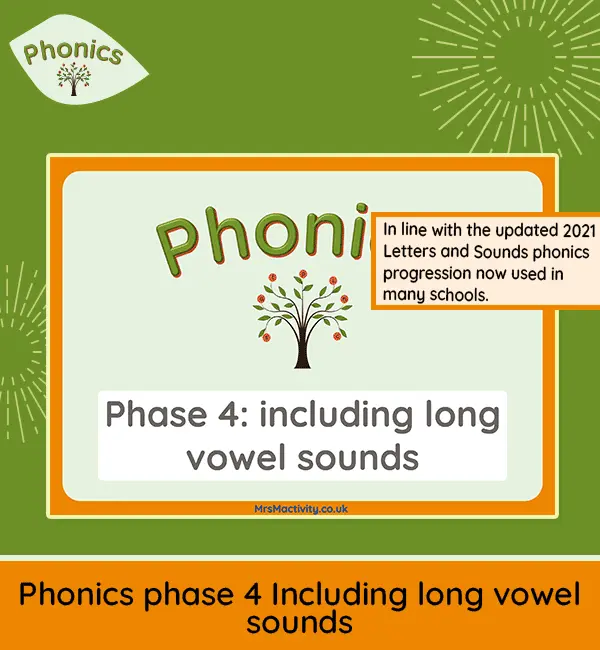Year 5 Science | Properties and Changes of Materials | Lesson 6: Why are Some Materials Used and Not Others?
What makes a material suitable for a specific job? In this lesson, pupils carry out a comparative investigation to determine which materials are most suitable for making a lunchbox. They explore the importance of water resistance, strength and insulation, and learn how to plan and conduct a fair test to produce reliable results.
Part of our Scintillating Science programme, this lesson brings science into real-life contexts. Children test a range of materials using hands-on activities, then draw conclusions using scientific vocabulary. Pupils are supported to think critically about how evidence supports decision-making in science and design.
In this lesson, pupils will:
- 🧊 Plan and carry out a fair test to compare materials
- 🧊 Test materials for water resistance, strength, and insulation
- 🧊 Record results and draw conclusions based on evidence
- 🧊 Suggest suitable uses for materials using scientific reasoning
Included in this lesson:
- ✔️ Interactive teaching slides with clear guidance
- ✔️ A detailed lesson plan with vocabulary and misconceptions
- ✔️ Differentiated investigation worksheets
- ✔️ Continuous provision ideas including a recycled lunchbox challenge
A meaningful end-of-unit lesson that links scientific testing with everyday applications, encouraging thoughtful discussion and evidence-based thinking.








